Selective adsorption
Envirotec Magazine
NOVEMBER 15, 2022
The crystal structure of the K-GIS zeolite adsorbent: The size of cavities in the crystal is slightly larger than the CO2 molecule, permitting CO2 to enter the crystal and be adsorbed while larger molecules such as methane are excluded. Biogas from sewage sludge, garbage, and similar sources consists of approximately 60% methane and 40% CO2.


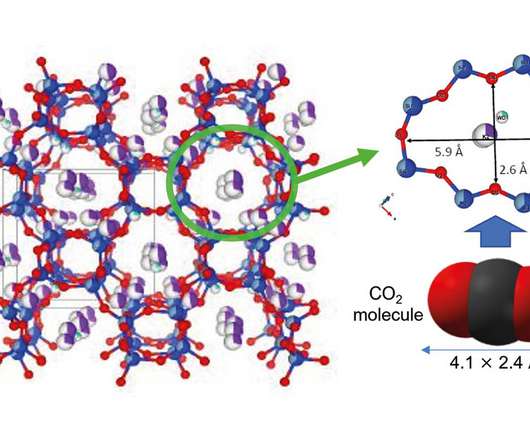
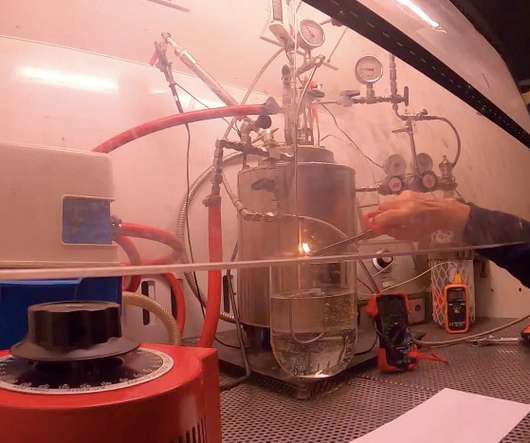
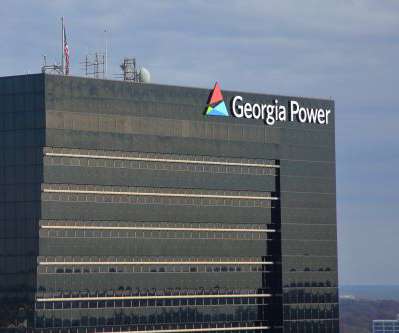
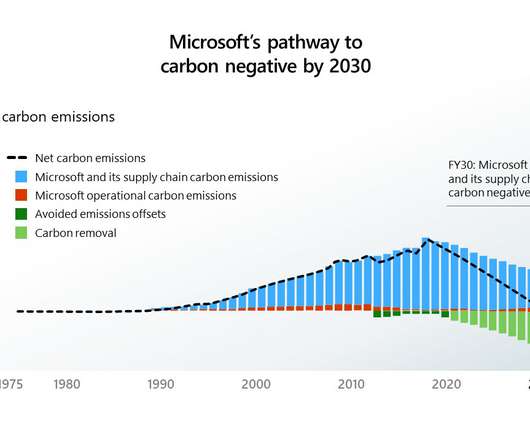
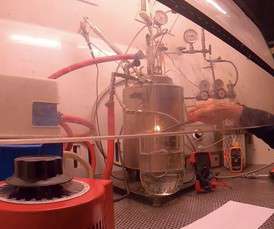



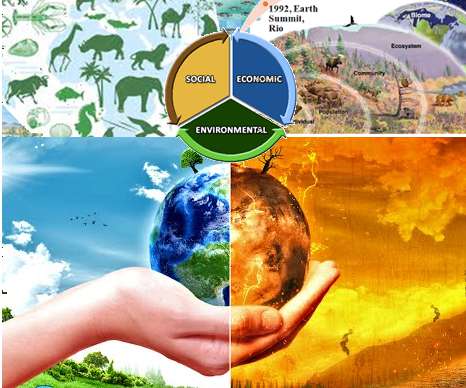
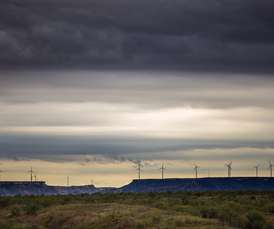








Let's personalize your content